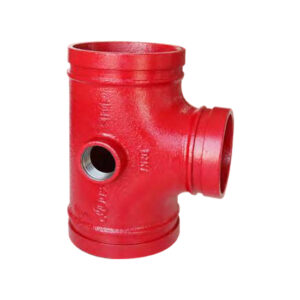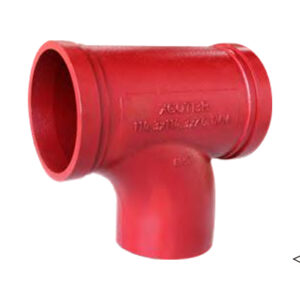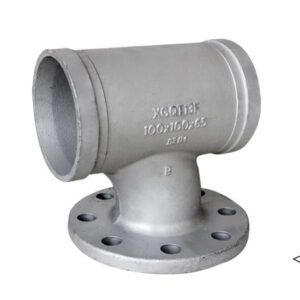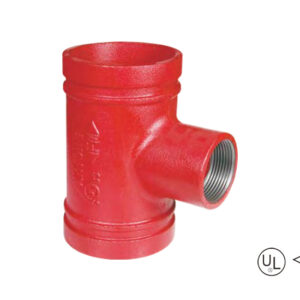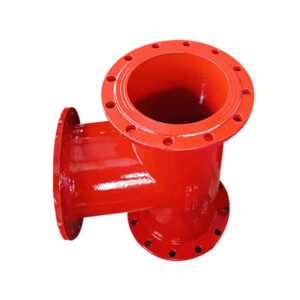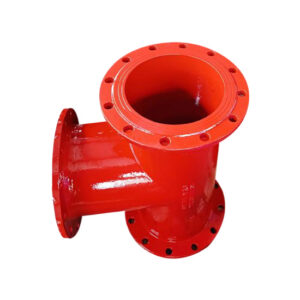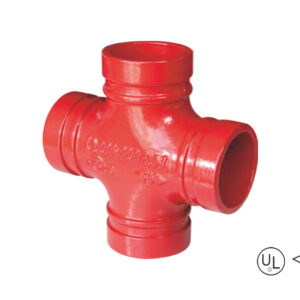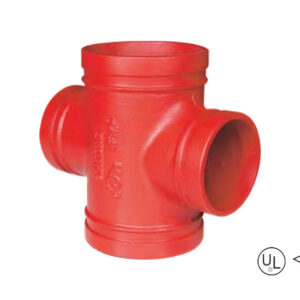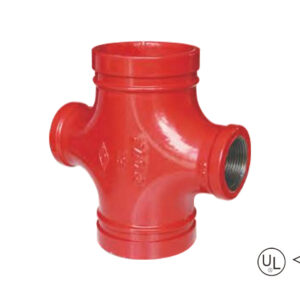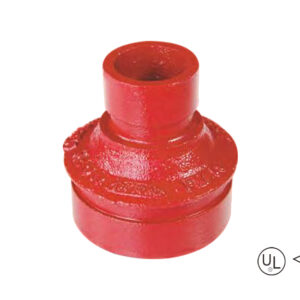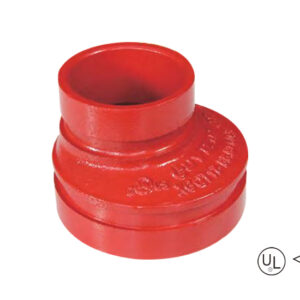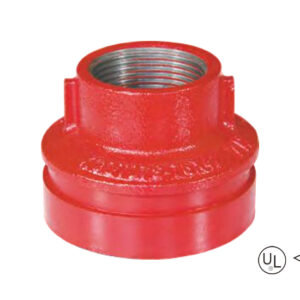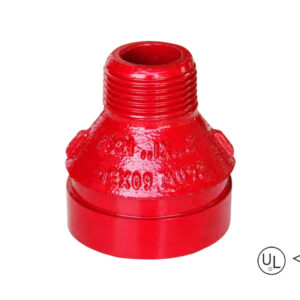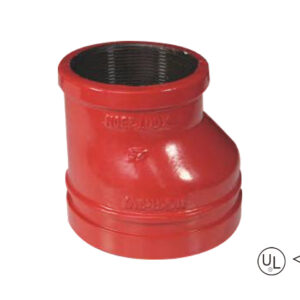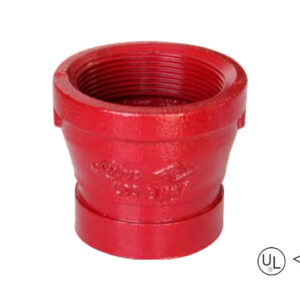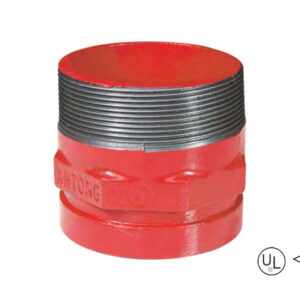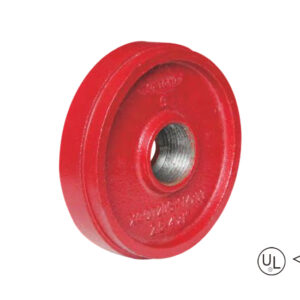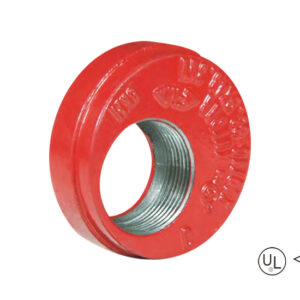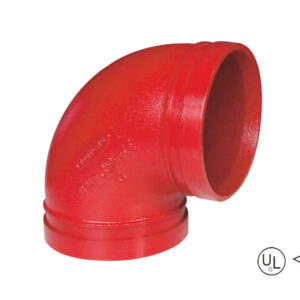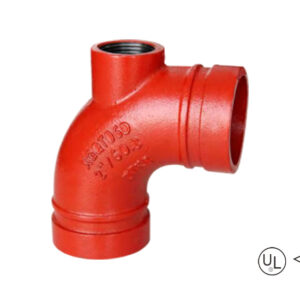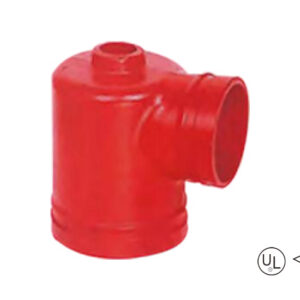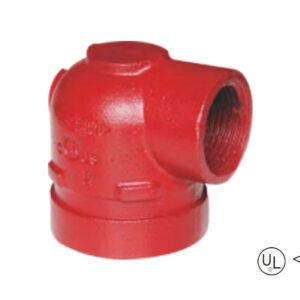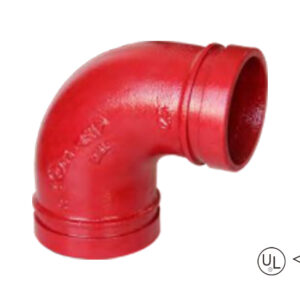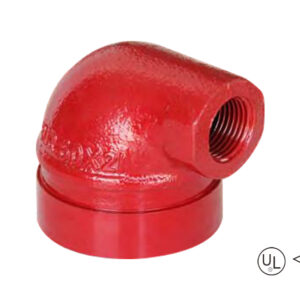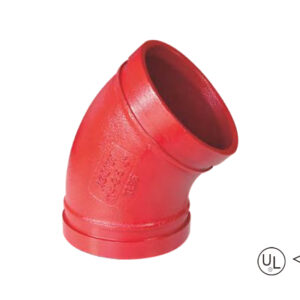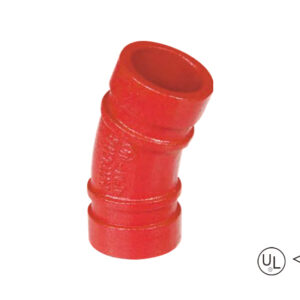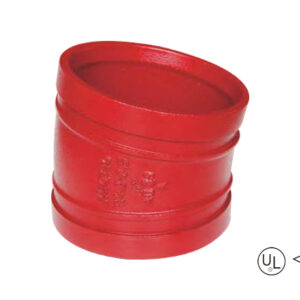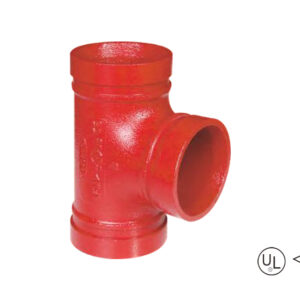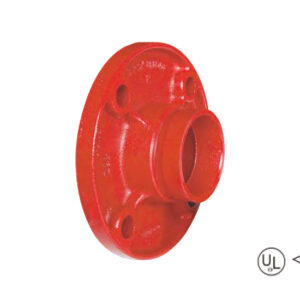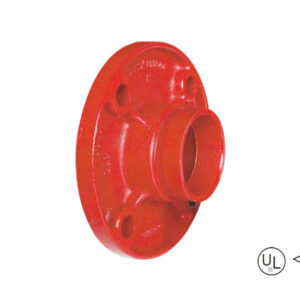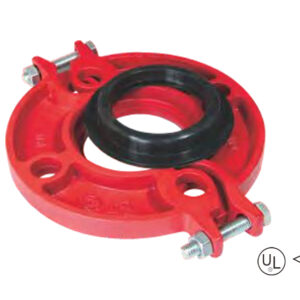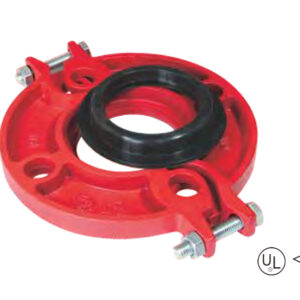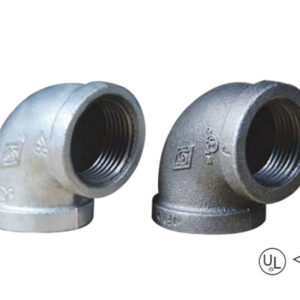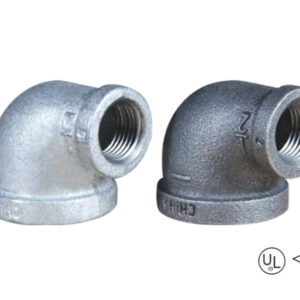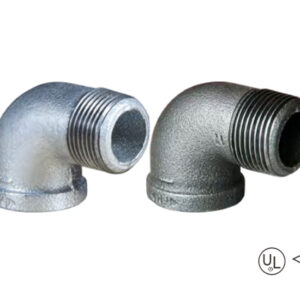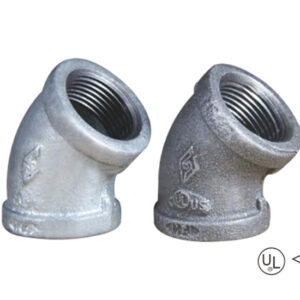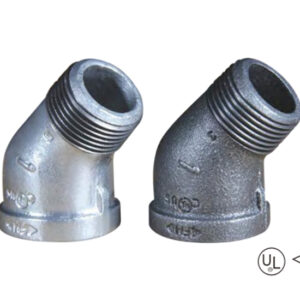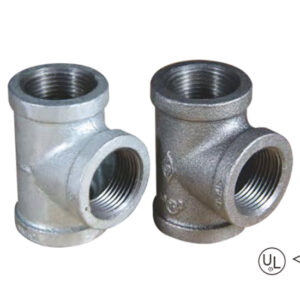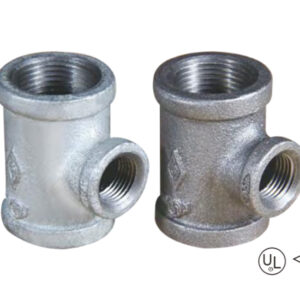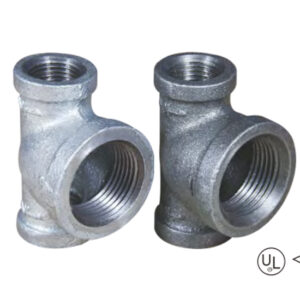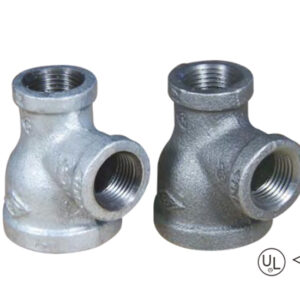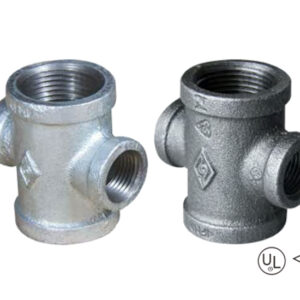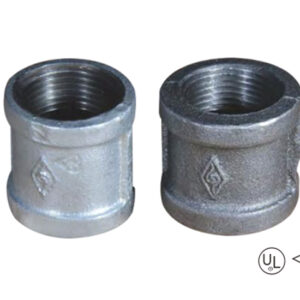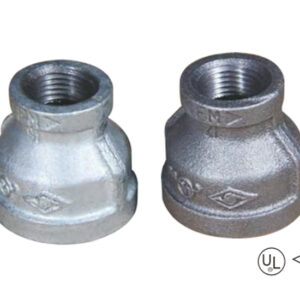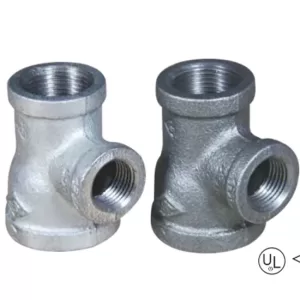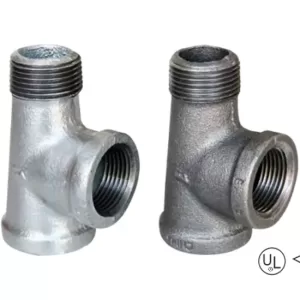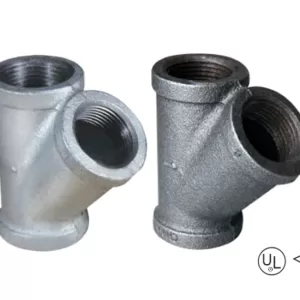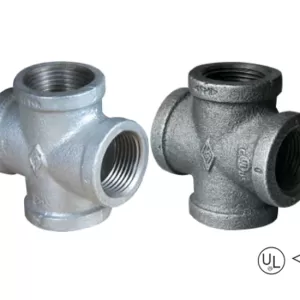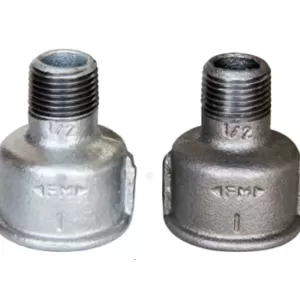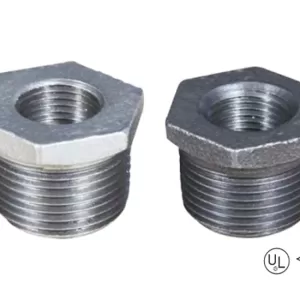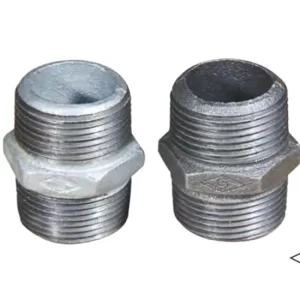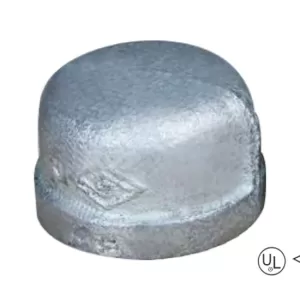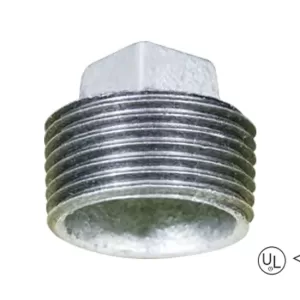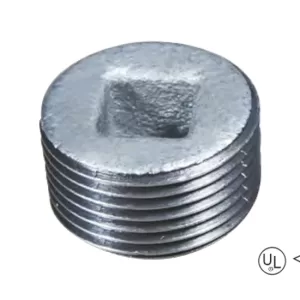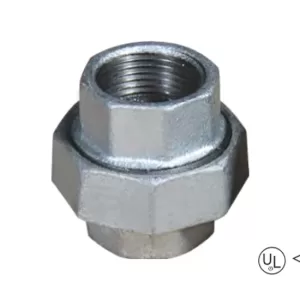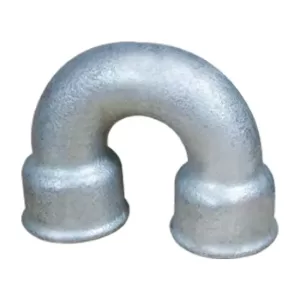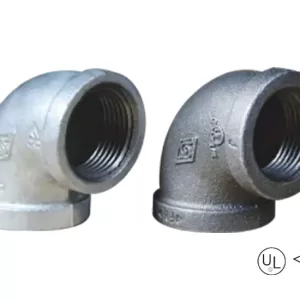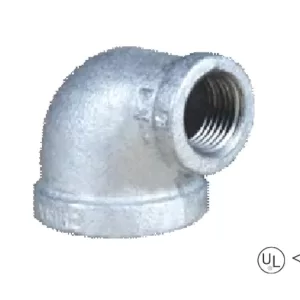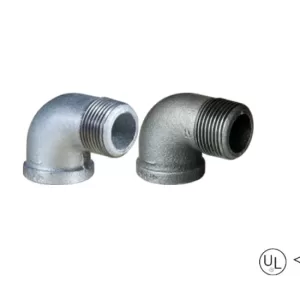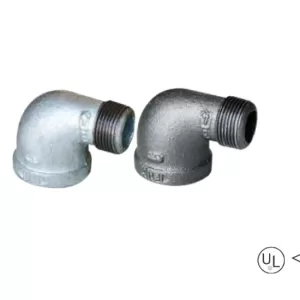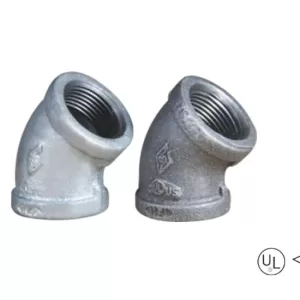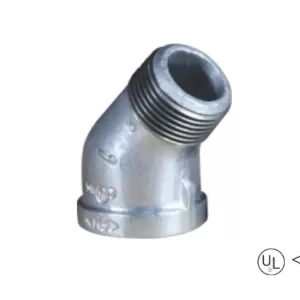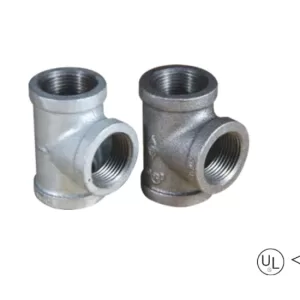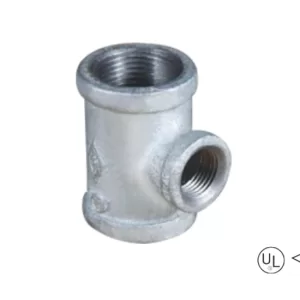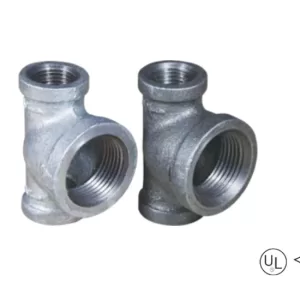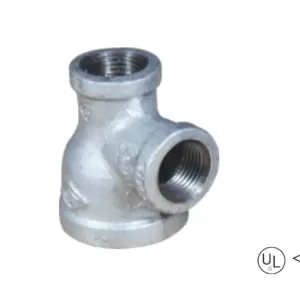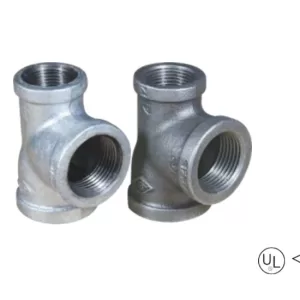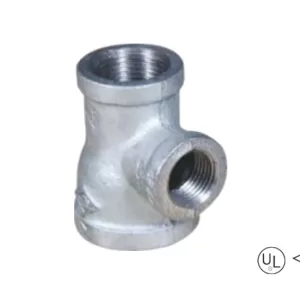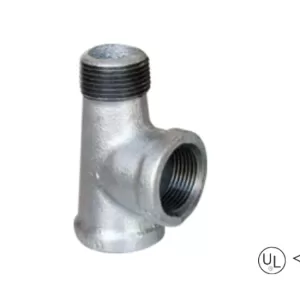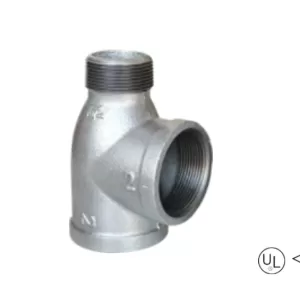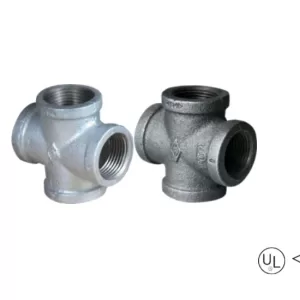HOT PRODUCTS TAGS
DRINK WATER PIPELINE
DRINK WATER PIPELINE
Outside Diameter:Φ100mm – 2000mm (4″ – 80″ )
Wall Thickness:2.0 – 16mm (0.08″ – 0.63″)
Quality Standards:AWWA C200/C213, EN 10312, NSF/ANSI 61, GB/T 17219
Length:6 – 12m (custom up to 18m)
Coating : Cement mortar lining (CML), Epoxy resin, 3PE, or as per sanitary requirements
description
DRINK WATER PIPELINE is engineered for safe and efficient potable water transportation. Manufactured from corrosion-resistant carbon steel (Q235B-Q345B) or stainless steel (304/316L) using submerged arc welding (SAW) or seamless processes. Features NSF-certified internal coatings to prevent bacterial growth and maintain water purity. Certified for 50+ years service life in municipal networks and industrial water supply systems.
Product Name: Potable Water Steel Pipe, NSF Water Main
Specifications:
Outer Diameter: 100mm – 2000mm (4“ – 80″)
Wall Thickness: 2.0 – 16mm
Length: 6m / 8m / 10m / 12m (custom lengths up to 18m)
Standard and Steel Grade:
AWWA C200: Grade B/C
EN 10312: 1.4404 (316L), 1.4301 (304)
GB/T 17219: Q235B-Q345B
NSF/ANSI 61: Certified materials
Ends: Grooved ends / Flanged ends (EN 1092-1) / Welding bevel
Surface Treatment
Internal coating: Cement mortar lining (≥1.5mm), NSF epoxy (≥250μm)
External coating: 3PE (≥2.0mm), Fusion-bonded epoxy (FBE)
Special: Electropolishing for stainless steel pipes
Specification
DRINK WATER PIPELINE Specification Range Reference Table
| Parameters | Typical range | Extreme range | Standard basis | Engineering constraints |
| Outside diameter | ⌀300mm~⌀1200mm | ⌀100mm~⌀2000mm | AWWA C200 | >1800mm requires segmented design |
| Wall thickness | 4.0mm~10mm | 2.0mm~16mm | EN 10312 | Thickness <3mm limited to low-pressure systems |
| Length | 10m (standard) | 5m (special) ~ 18m | GB/T 17219 | >12m pipes require crane support |
production process
DRINK WATER PIPELINE Standards and Applications Comparison Table
| Classification | Standard | Positioning | Applicability |
| Basic Standards | AWWA C200 | US standard for water transmission | Mandatory for North American municipal projects |
| Sanitary Standards | NSF/ANSI 61 | Health effects certification | Global potable water systems |
| Design Standards | EN 10312 | European stainless steel pipe spec | Corrosive water environments |
| Regional Standard | GB/T 17219 | China sanitary safety evaluation | Asian water infrastructure projects |
application
Drink water pipelines are the backbone of municipal and regional water supply systems.
Municipal Water Transmission & Distribution: Primary transmission mains carrying treated water from plants to reservoirs/towers, and secondary distribution networks delivering water to homes, businesses, and institutions.
Water Treatment Plant Internal Piping: Connecting processes within treatment plants (clarifiers, filters, disinfection contact tanks, pump stations).
Reservoir and Elevated Tank Inlet/Outlet Pipes: Connecting storage facilities to the distribution grid.
Large Building & Campus Water Supply: Dedicated mains for hospitals, universities, industrial complexes, and high-rise buildings.
Rural Water Schemes: Extending safe drinking water to remote communities and agricultural areas.
Infrastructure Projects: Dedicated pipelines for new developments, urban expansions, and disaster recovery projects.
advantages
Water Quality Protection: Certified linings and materials prevent corrosion, leaching of contaminants, and biofilm growth, ensuring water remains safe and aesthetically pleasing (no taste/odour issues).
Hydraulic Efficiency: Smooth internal linings (e.g., CML, PE) minimize friction losses, reducing pumping energy costs over the pipeline’s lifetime.
Durability & Longevity: Resistant to internal corrosion and external environmental factors (soil corrosion, UV for plastics), designed for service lives exceeding 50 years with minimal maintenance.
Leak Resistance: Robust materials and reliable jointing systems (e.g., push-fit joints with elastomeric seals, welded joints) significantly reduce water loss.
Structural Integrity: High strength-to-weight ratio (especially DI, GRP) withstands earth loads, traffic loads, and internal pressure surges.
Versatility: Available in a wide range of diameters (DN80-DN3000+) and pressure ratings (PN6-PN32+) to suit any project requirement. Suitable for diverse installation methods (trenching, trenchless – HDD, microtunneling).
Cost-Effectiveness: Low lifetime cost due to minimal leakage, reduced pumping costs, long service life, and low maintenance requirements.
packing
Packaging focuses on preventing damage to linings/coatings and pipe ends during transport and handling. Common methods include.
Bundling: Smaller diameter pipes (DI, plastic) bundled with protective strapping and end caps.
Cradling/Saddling: Larger diameter pipes (steel, DI) transported on flatbed trailers or ships using timber or custom cradles to prevent deformation. Ends are always protected with caps or covers.
Container Shipping: Suitable for smaller diameter and shorter length pipes
Break Bulk Shipping: Used for large quantities of pipes, requiring careful stowage and securing on vessels. End protection is critical.
Specialized Trailers: For oversized pipes.
Transportation modes include road, rail, and sea. Emphasis is placed on using clean transport and ensuring no contamination of the pipe interior.

DRINK WATER PIPELINE Specification Range Reference Table
| Parameters | Typical range | Extreme range | Standard basis | Engineering constraints |
| Outside diameter | ⌀300mm~⌀1200mm | ⌀100mm~⌀2000mm | AWWA C200 | >1800mm requires segmented design |
| Wall thickness | 4.0mm~10mm | 2.0mm~16mm | EN 10312 | Thickness <3mm limited to low-pressure systems |
| Length | 10m (standard) | 5m (special) ~ 18m | GB/T 17219 | >12m pipes require crane support |
DRINK WATER PIPELINE Standards and Applications Comparison Table
| Classification | Standard | Positioning | Applicability |
| Basic Standards | AWWA C200 | US standard for water transmission | Mandatory for North American municipal projects |
| Sanitary Standards | NSF/ANSI 61 | Health effects certification | Global potable water systems |
| Design Standards | EN 10312 | European stainless steel pipe spec | Corrosive water environments |
| Regional Standard | GB/T 17219 | China sanitary safety evaluation | Asian water infrastructure projects |
Drink water pipelines are the backbone of municipal and regional water supply systems.
Municipal Water Transmission & Distribution: Primary transmission mains carrying treated water from plants to reservoirs/towers, and secondary distribution networks delivering water to homes, businesses, and institutions.
Water Treatment Plant Internal Piping: Connecting processes within treatment plants (clarifiers, filters, disinfection contact tanks, pump stations).
Reservoir and Elevated Tank Inlet/Outlet Pipes: Connecting storage facilities to the distribution grid.
Large Building & Campus Water Supply: Dedicated mains for hospitals, universities, industrial complexes, and high-rise buildings.
Rural Water Schemes: Extending safe drinking water to remote communities and agricultural areas.
Infrastructure Projects: Dedicated pipelines for new developments, urban expansions, and disaster recovery projects.
Water Quality Protection: Certified linings and materials prevent corrosion, leaching of contaminants, and biofilm growth, ensuring water remains safe and aesthetically pleasing (no taste/odour issues).
Hydraulic Efficiency: Smooth internal linings (e.g., CML, PE) minimize friction losses, reducing pumping energy costs over the pipeline’s lifetime.
Durability & Longevity: Resistant to internal corrosion and external environmental factors (soil corrosion, UV for plastics), designed for service lives exceeding 50 years with minimal maintenance.
Leak Resistance: Robust materials and reliable jointing systems (e.g., push-fit joints with elastomeric seals, welded joints) significantly reduce water loss.
Structural Integrity: High strength-to-weight ratio (especially DI, GRP) withstands earth loads, traffic loads, and internal pressure surges.
Versatility: Available in a wide range of diameters (DN80-DN3000+) and pressure ratings (PN6-PN32+) to suit any project requirement. Suitable for diverse installation methods (trenching, trenchless – HDD, microtunneling).
Cost-Effectiveness: Low lifetime cost due to minimal leakage, reduced pumping costs, long service life, and low maintenance requirements.
Packaging focuses on preventing damage to linings/coatings and pipe ends during transport and handling. Common methods include.
Bundling: Smaller diameter pipes (DI, plastic) bundled with protective strapping and end caps.
Cradling/Saddling: Larger diameter pipes (steel, DI) transported on flatbed trailers or ships using timber or custom cradles to prevent deformation. Ends are always protected with caps or covers.
Container Shipping: Suitable for smaller diameter and shorter length pipes
Break Bulk Shipping: Used for large quantities of pipes, requiring careful stowage and securing on vessels. End protection is critical.
Specialized Trailers: For oversized pipes.
Transportation modes include road, rail, and sea. Emphasis is placed on using clean transport and ensuring no contamination of the pipe interior.

Get Your Custom Steel Pipe Quote Today!
Provide us with your project details (like application, specifications, quantity). Our experienced team will respond with a tailored solution and competitive quote within 24 business hours.




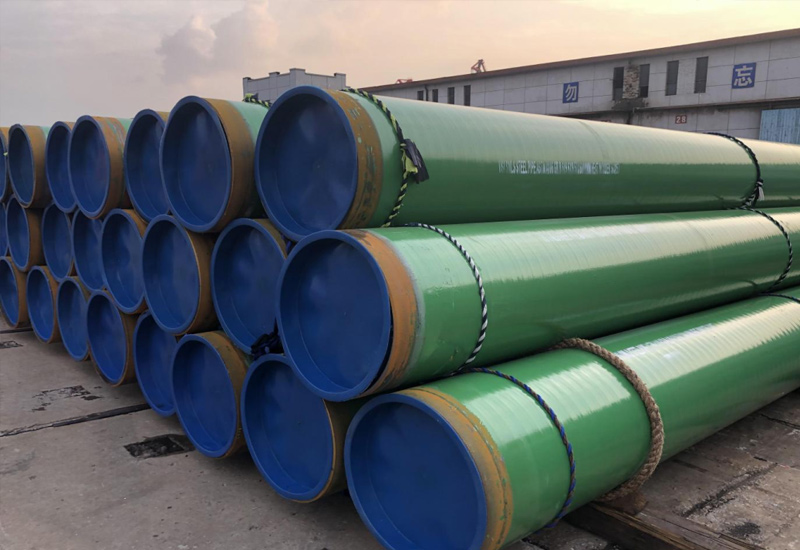






















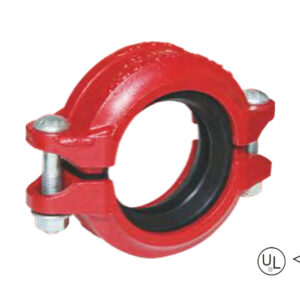
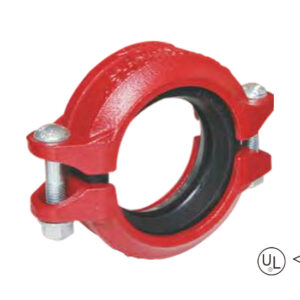
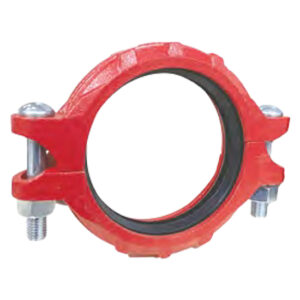
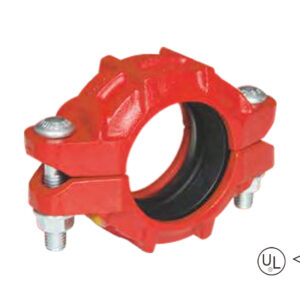
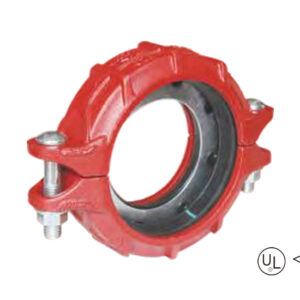
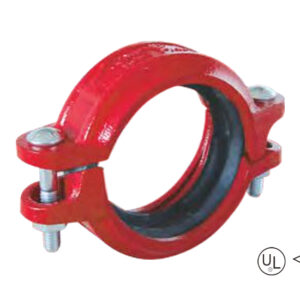
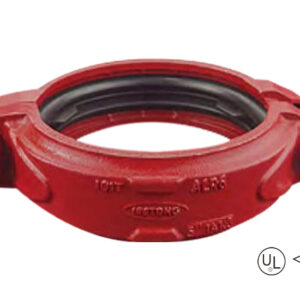
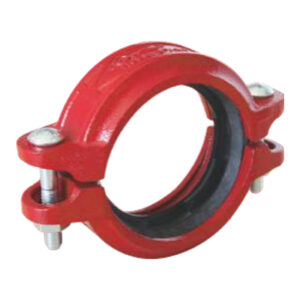
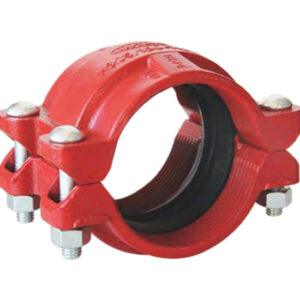
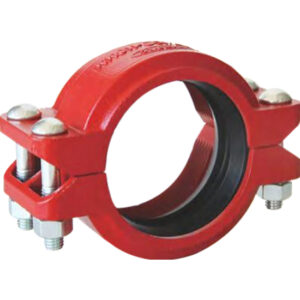
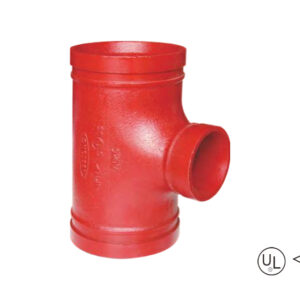
Grooved-increasing-tee-1-300x300.jpg)
